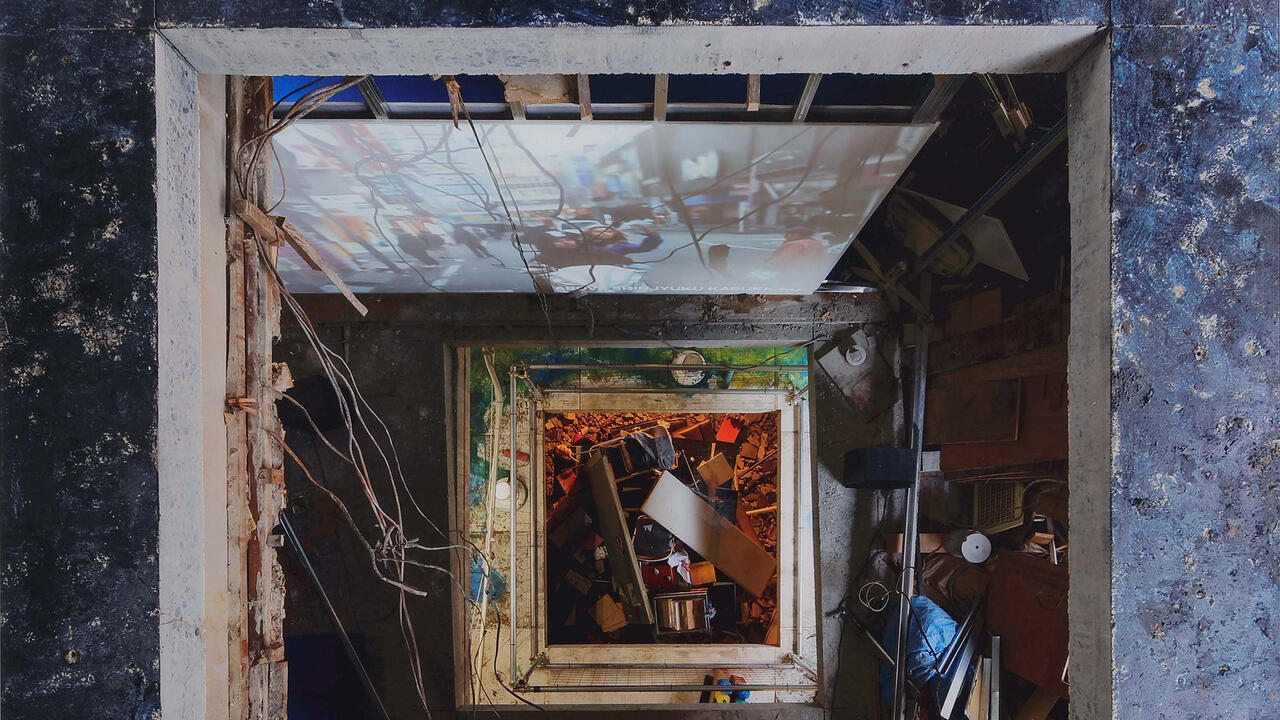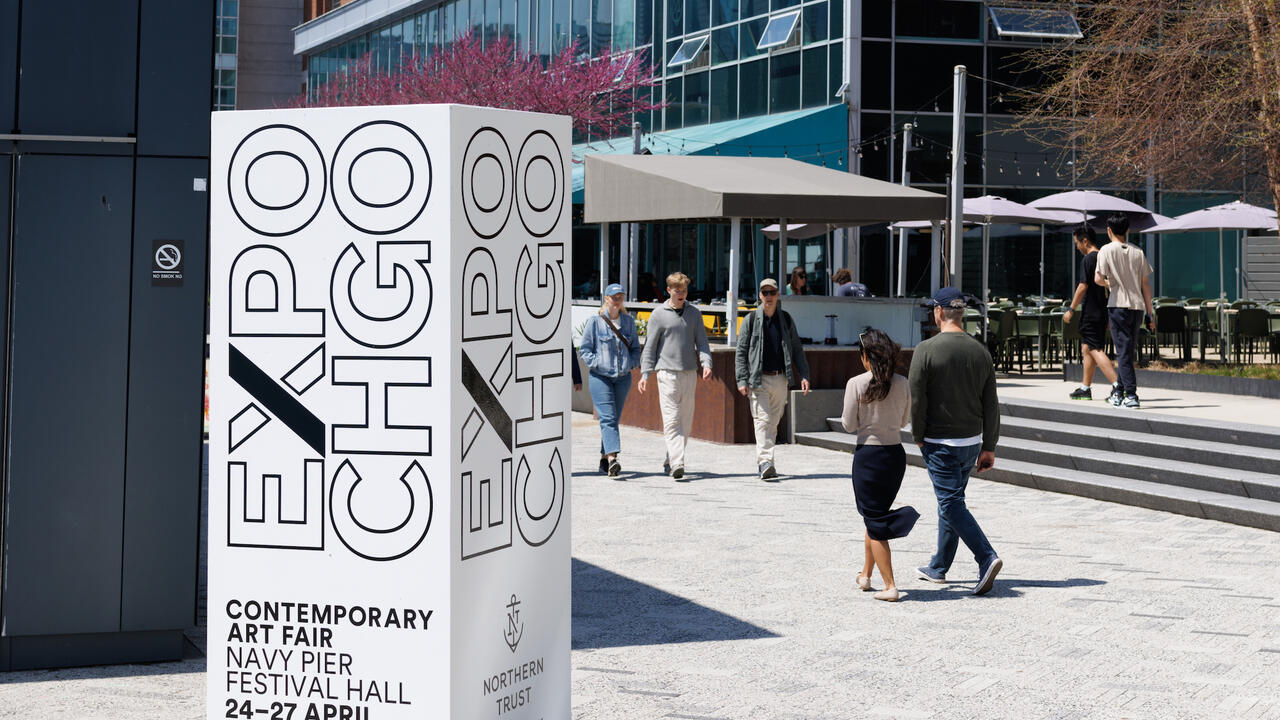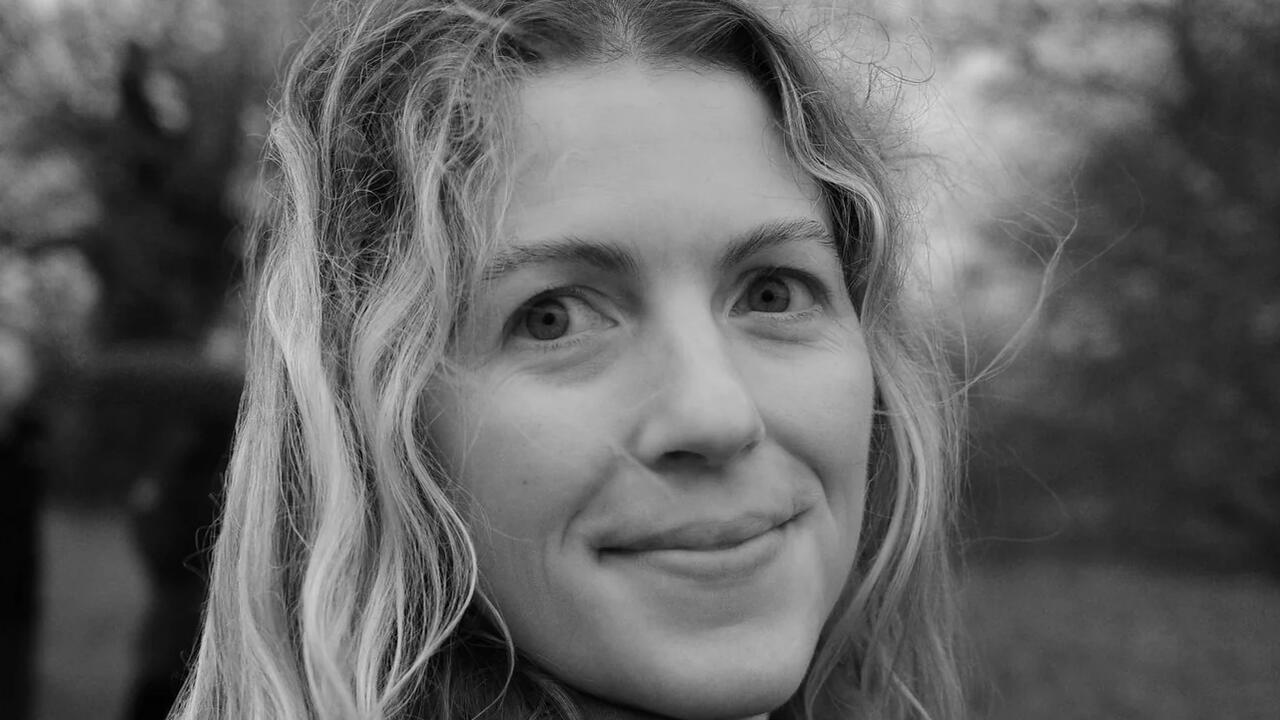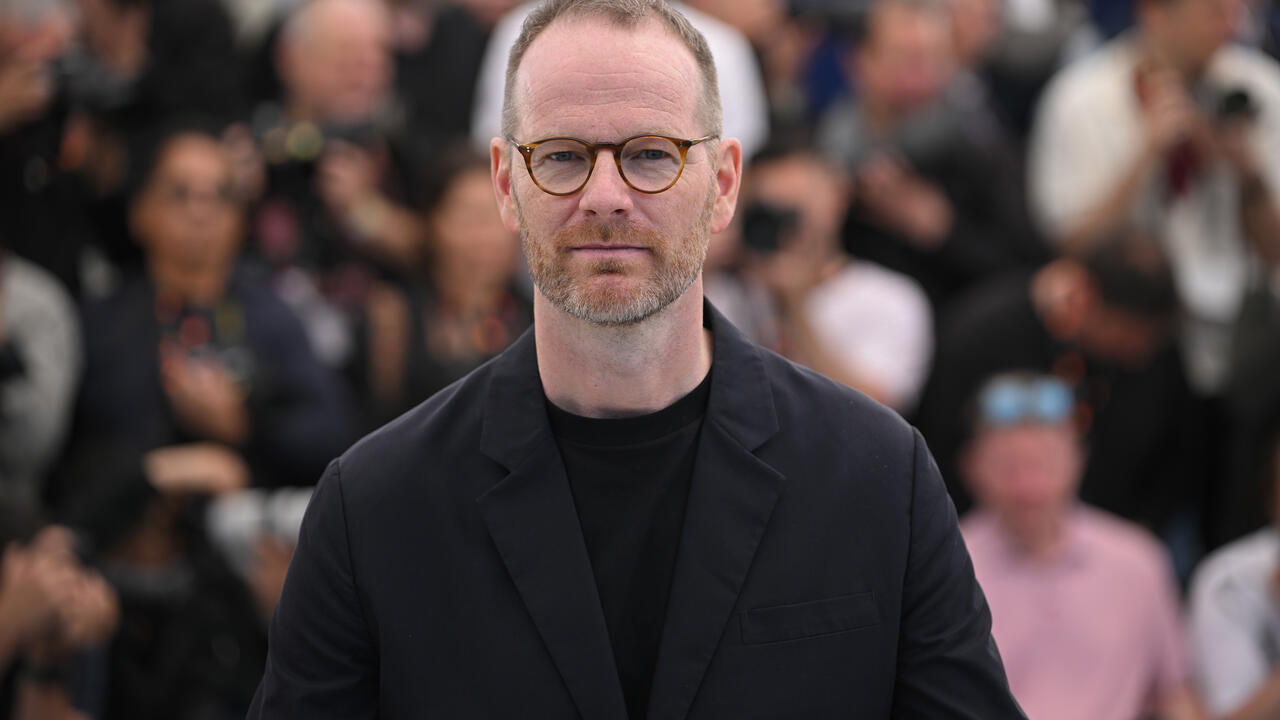Henrik Plenge Jakobsen
With its strong primary colours and brutal humour, the work of Henrik Plenge Jakobsen is in tune with a certain millenial malaise and a rampantly modern feeling of crisis. He recognises the irrational and violent in mankind without losing his head. Though a pessimist, he is also a humanist (can one be a humanist without being a pessimist?). The shakes we suffer from in the lead up to the year 2000 sometimes create a paranoiac atmosphere of a global Gesamtkunstwerk: if you escaped death at Heaven's Gate, you may still be in time for the next gas attack on the Tokyo Subway. Jakobsen's work is trippy and punchy - a moral and youthful rejection of the world.
In Paris, Jakobsen recently showed in no less than three venues (in addition to his participation in 'Nuit Blanche' at Musée d'Art Moderne). Sculpture, installation and painting were shown at Emmanuel Perrotin; wall paintings and an outdoor installation of a huge neon skull facing the Seine at Caisse des Depots; and at the Centre Nationale de la Photographie, one could see photographic documentation of his collaborative work with Jes Brinch (as the duo Burn Out), together with Jakobsen's Warhol-esque 24-hour surveillance video of a nuclear waste processing plant in La Hague in the north of France.
For the first weeks of the exhibitions, a black stretch limo with skull flags on the bonnet connected the three venues as a shuttle service, creating a kind of institutional travel circuit. This event also served as a 'celebration' of Paris' dated cultural aura and its status as city of the famous dead, from Sartre and Jim Morrison to Do/Di - just cruisin' with the Grim Reaper.
Exploiting a very particular cultural mood, Jakobsen at times draws on the generalised impact of subversive imitation. Some works comprise more bombast than spontaneity - they adopt emblems and epochal blueprints rather than being grounded in specific discussions. But the bourgeois world isn't shown as being merely negative, because the clichés employed point elsewhere and take on new significance. For instance, the recurrent image of the skull adopted by Jakobsen transmits the legacy of piracy to the cyber age, in which it is a hacker-signature.
It is when subversion is resolved in commentaries on site, body, matter and ecstasy, that things really start bubbling in Frankenstein's lab. The artistic proposition then becomes an intense articulation of the morality of the art work. Perfect Crime (1998) at Perrotin's exemplifies this. On opening the door inside a big red box (with the mandatory skulls painted on the outside), you find yourself in a small kitchen. The light is automatically turned on when you enter, as is the ominous sound of gas emanating from the stove. The meaning of the title dawns on you in one catastrophic second: the art work kills. Perfect Crime draws together several threads of Jakobsen's work: iconographic threats, mythologies of disaster and an attempt to revitalise the corpus of 'body art' through a kind of molecular dissolution. The art work is simultaneously object, sculpture, installation, performance, narrative - and also a joke. It is an interface of different formats and statements, just as the connected exhibitions can be said to be structured around the artist, who is in a position between being a sculptor, a manager of signs and a 'cultural producer'.
The Burn Out work looks as good in photographs as it does in real life, framing their significant blend of cosmic hate and anally-retentive behaviour with a quality of subversive melancholy. Perhaps it is more the redundancy than the violence of their gestures that makes their work go around (redundancy here meaning good, old-fashioned cultural futility). In terms of apocalyptic atmosphere, the good news is that it doesn't matter if there is no Wagner around at our historic moment, when there are Jakobsen and friends to give us the kitsch of death.


















